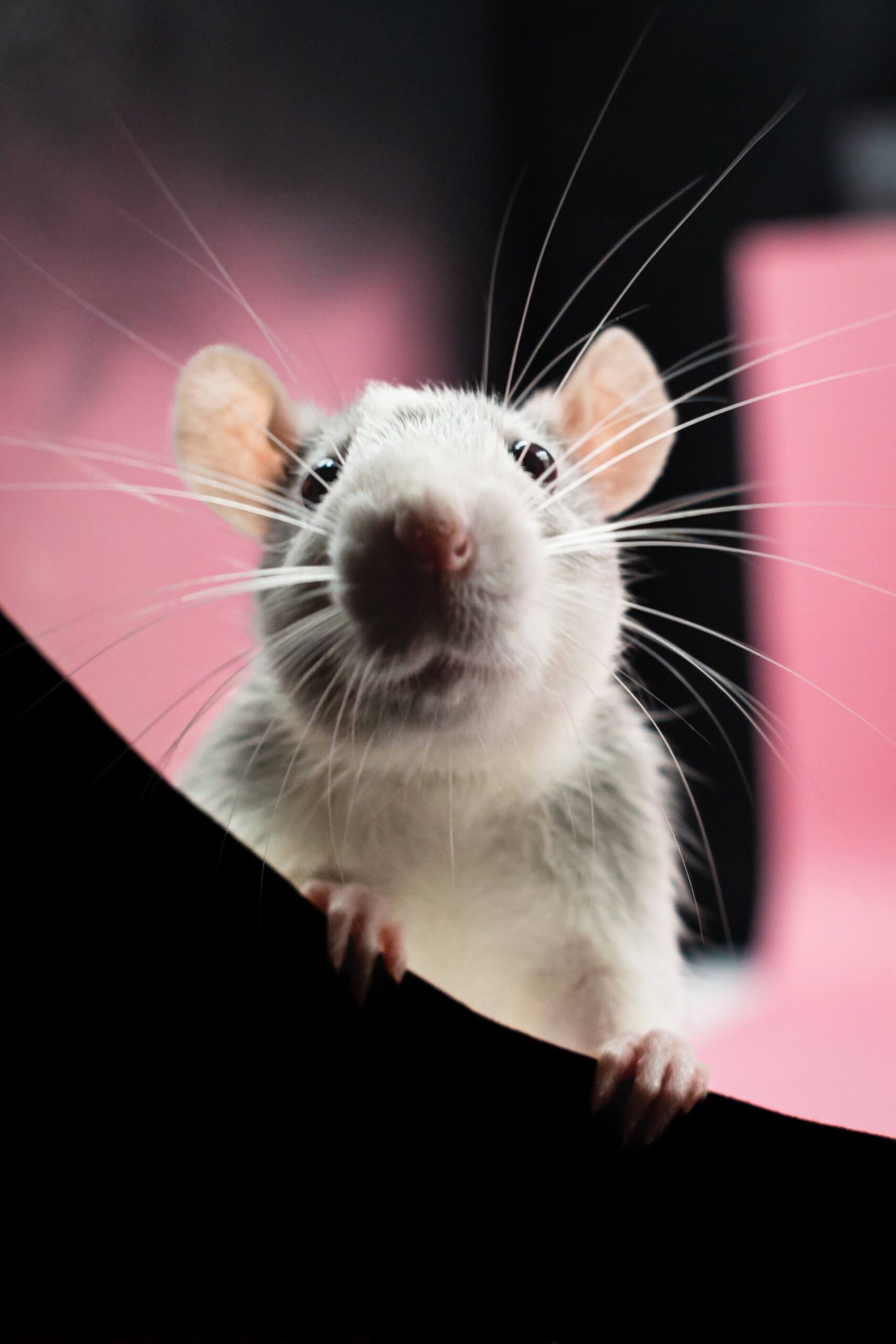Rats, often associated with disease and filth, have come a long way in history to become beloved pets cherished by many. The journey of rats from the wild to the fancy world of pet ownership is a fascinating tale of transformation and appreciation. In this guide, we’ll explore the history of fancy rats as pets, tracing their evolution from their wild origins to their modern status as beloved companions.
1. Wild Ancestry
Rats, specifically the species Rattus norvegicus, commonly known as the brown rat or Norway rat, originated in Asia. They are believed to have first appeared in China and later spread to other parts of the world through human activities, such as trade and exploration.
2. Rats as Pest Control
In their early interactions with humans, rats were primarily seen as pests and vectors of disease. They infested grain stores, spread the plague, and were generally considered nuisances. Efforts were made to control rat populations, including the use of cats and traps.
3. Rat Catching and Sport
During the Victorian era in Britain, rat-catching became a popular pastime and sport. Skilled rat catchers, known as “rat-catchers,” were hired to rid homes, farms, and businesses of these pests. Rat-baiting, a cruel sport in which rats were pitted against dogs, was also practiced during this time.
4. Emergence of Fancy Rats
The transition of rats from pests to pets began in the 19th century. Some individuals started keeping and breeding rats for their unique qualities and intelligence. It was during this period that the concept of the “fancy rat” emerged. Fancy rats were selectively bred for specific traits, such as coat colors and patterns, and were kept as pets by enthusiasts.
5. The Role of Scientific Research
Scientific research also played a role in changing the perception of rats. Rats have been used extensively in laboratories for medical and behavioral studies. As a result, their intelligence and social nature became more widely recognized.
6. Rise of Pet Rats
Pet rats gained popularity in the mid-20th century, particularly in the United States and Europe. They were appreciated for their friendly and social personalities, making them ideal companions for individuals and families. As the fancy rat community grew, so did the awareness of responsible pet ownership and proper care.
7. Rat Fancying Clubs
The establishment of rat fancying clubs and organizations, such as the American Fancy Rat and Mouse Association (AFRMA) in the United States, contributed to the promotion of rats as pets. These clubs provided resources, support, and guidelines for responsible rat ownership.
8. Diverse Breeds and Colors
Through selective breeding, fancy rats now come in a wide range of colors, coat types, and patterns. From the sleek and shiny coat of the Siamese rat to the curly fur of the Rex rat, the variety of fancy rat breeds has grown over the years, captivating the hearts of enthusiasts.
9. Intelligence and Social Nature
One of the key reasons behind the popularity of pet rats is their remarkable intelligence and social behavior. Rats are quick learners and can be trained to perform tricks, respond to their names, and even solve puzzles. Their affectionate and playful nature makes them highly engaging pets.
10. Responsible Ownership
With the growth of the fancy rat community, an emphasis on responsible ownership has been placed on proper care, housing, nutrition, and health monitoring. Owners are encouraged to provide enrichment activities and social interaction to ensure the well-being of their pet rats.
11. Rat Rescue and Adoption
In recent years, rat rescue and adoption organizations have emerged to help provide homes for abandoned or neglected pet rats. These organizations work tirelessly to educate the public about rat care and find loving homes for these intelligent creatures.
Conclusion
The history of fancy rats as beloved pets is a testament to the transformative power of human perception and understanding. From their origins as pests to their current status as cherished companions, rats have undergone a remarkable journey. Today, pet rats are appreciated not only for their diverse colors and patterns but also for their intelligence, social nature, and capacity to form deep bonds with their human caregivers.
As responsible pet owners, it’s essential to continue advocating for the welfare of these delightful creatures and to ensure that they receive the care, love, and respect they deserve.



